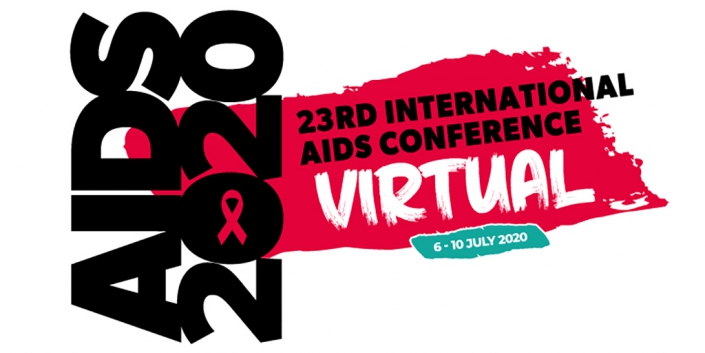Case of São Paulo Patient Sparks Interest
Scientists express skepticism and emphasize further study required

At the virtual International AIDS Conference on July 8, Dr. Ricardo Diaz of the Federal University of São Paulo in Brazil described the case of a 35-year-old HIV-infected man who appears to show no signs of HIV after being enrolled in a small clinical study. While it is far too early to draw any conclusions from this single case, it has naturally aroused a great deal of interest among the scientific community and in the media.
Background
Two people are known to be have been cured of HIV: the Berlin and London patients. Both cures involved stem cell transplants, required in an attempt to treat their co-existing blood cancers. Those procedures included intense chemotherapy, which almost certainly destroyed the majority of HIV-infected cells. This was followed by a transplant of stem cells from donors with a rare genetic mutation, CCR5-delta 32, which protects them from infection with most forms of HIV. In both the Berlin and London patients, lack of detectable HIV despite stopping their antiretroviral therapy (ART) for years, as documented by multiple labs around the world using blood and tissues from each patient, satisfied the research community that both men were indeed cured of HIV.
But these transplants have many side effects, including a substantial risk of death from the procedure. Simpler, more scalable methods are needed to cure HIV. One approach is known as “shock and kill,” by which HIV lying dormant within a cell, and thus resistant to ART and the immune system, is forced to express itself, making infected cells visible and susceptible to killing by the immune system.
New research presented at AIDS2020
The case reported by Dr. Diaz involves a man who was treated by this shock-and-kill approach. He was one of five men enrolled in a clinical study. First, their ART regimens were intensified by adding two antiretroviral drugs, dolutegravir and maraviroc. In addition, because test-tube studies have suggested it may activate latent HIV, participants also received nicotinamide, also known as vitamin B3. Following 48 weeks of these treatments, all five participants resumed their usual ART regimens. Roughly 2.5 years later, ART was stopped entirely. In four of the study participants, HIV returned. This was not unexpected, as all previous attempts at intensifying ART or using various agents to “shock” the virus have failed to induce a cure. But the São Paulo patient has maintained normal CD4 counts, undetectable HIV, measured both by viral load and tests for latent HIV, and a decrease in HIV-specific antibodies over the past 15 months.
What do these findings mean?
As in the Berlin and London patients, a more rigorous understanding of this case will emerge when the researchers as well as independent labs conduct additional analyses of samples from the patient, and more time has elapsed. The first priority will be to determine that no ART remains in the patient’s body that might help explain his outcome. Second, tests for persistent virus in tissues, not just blood, must be performed. A more complete understanding of the actions of the drugs on the virus and immune system, and how these would be expected to impact the reservoir, is also needed.
This case is as yet an interesting anecdote that has raised some important questions. Given other potential cures reported in the past in which HIV ultimately and unfortunately returned, the only certainty at the moment is that this patient will be the subject of intense scientific scrutiny.